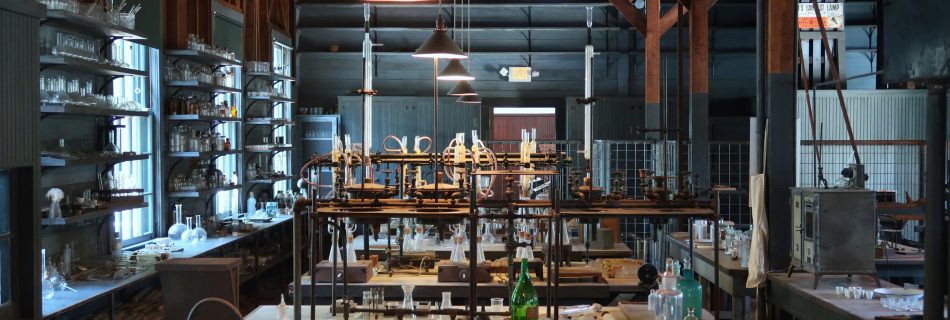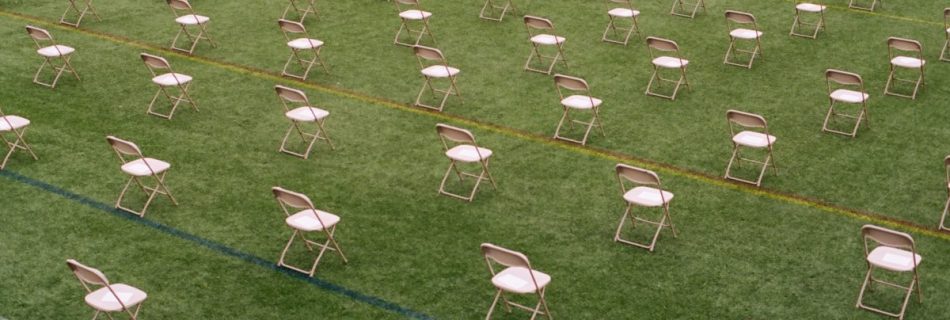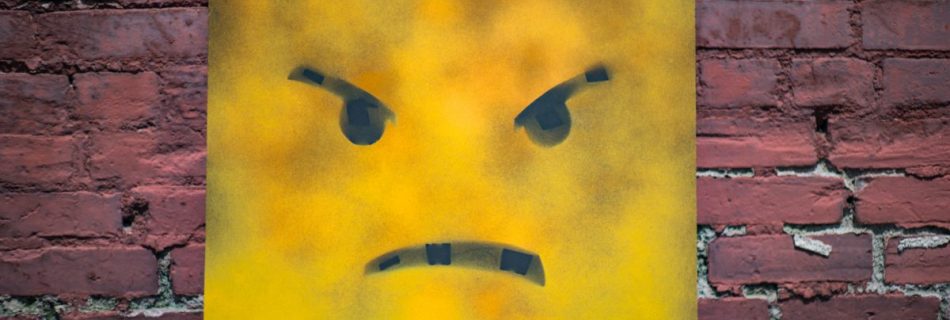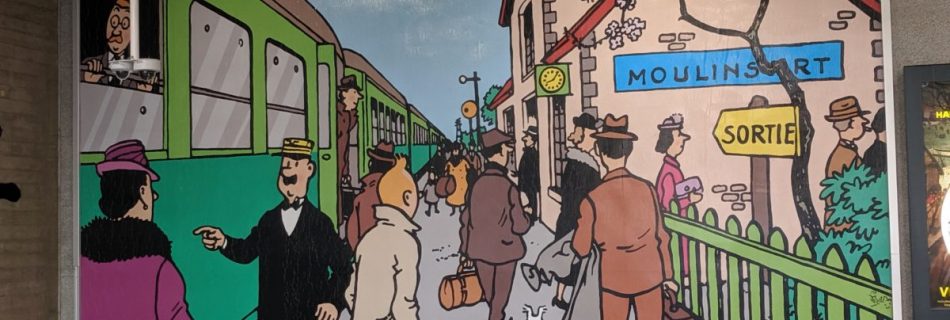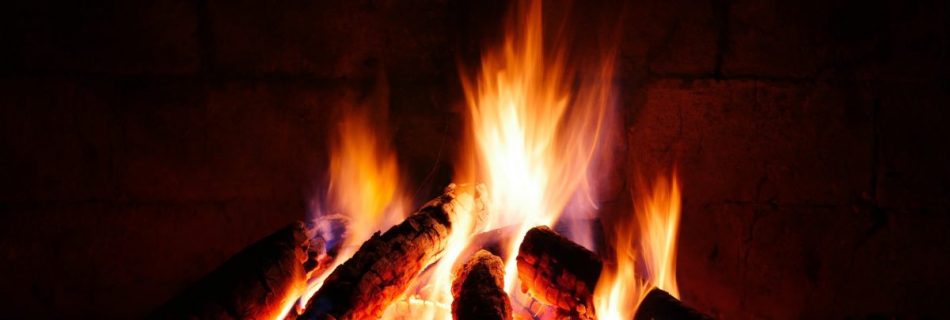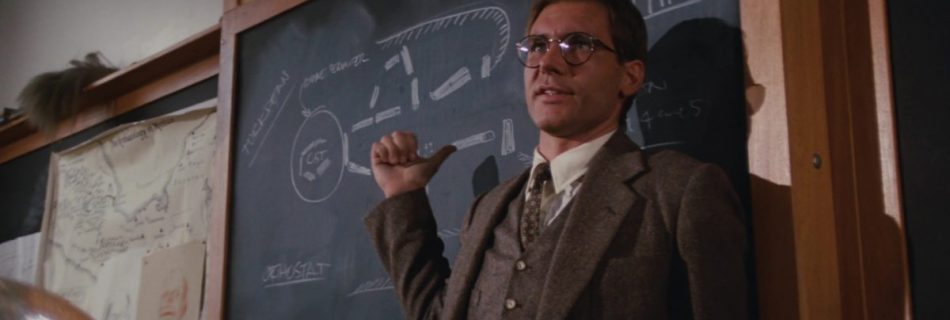“I finally invented something that works!”
It’s been a funny old month. With only a few weeks left at Teesside before I leave and start my exciting new job at Maynooth University, it quickly became time to start thinking about how I was going to shift my research over to Ireland. The thing about being in one place for so long, …
